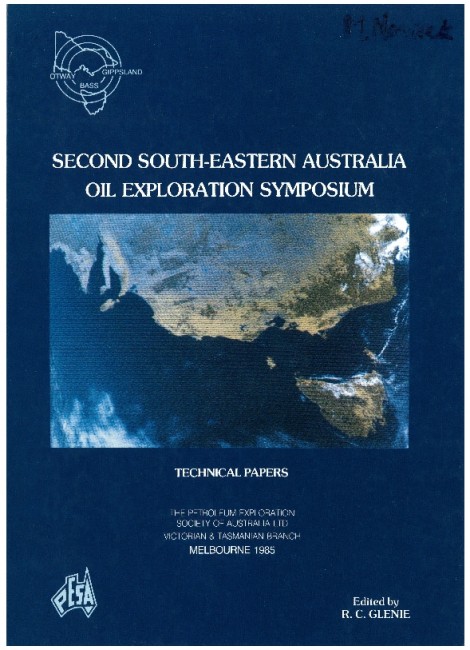Publication Name: Second South-Eastern Australia Oil Exploration Symposium - Technical Papers
Authors: B.L.N. Kennett
Date Published: December 1986
Number of Pages: 17
Reference Type: Book Section
Abstract:
Seismic wave-field modelling for reflection seismic studies can be used in a number of ways to aid with exploration work, at both the survey and interpretation stages. However, effective use of such techniques requires an understanding of their limitations.Stratified models allow the inclusion of fine structure but cannot accommodate horizontal variations in structure. The main features of the reflected field are usually found by using ray methods. These form the basis of the usual 'exploding reflector' model, which is often augmented by including diffraction points with a spray of rays. Such modelling depends on the assumption of pointwise reflection from interfaces. However, when more accurate techniques are used, it is found that the reflection process is associated with a zone about the geometrical reflection point whose size varies inversely with frequency. More accurate representations of interface reflection are possible, but their utility is limited by the extent to which a few surfaces can represent a complex geological model. A major challenge is to achieve a seismic modelling scheme which is flexible enough to meet the demands of seismic interpreters, whilst sufficiently simple to allow rapid computation.


